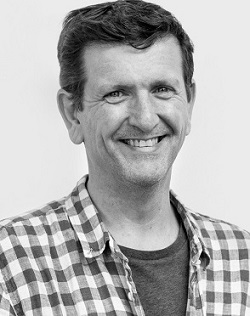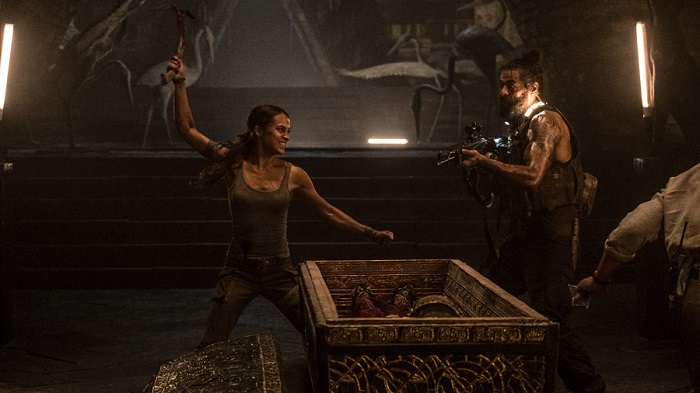
In one of the more gruesome yet pivotal sequences, Lara Croft has to witness her own father, whom she only reunites with having lost him in the wilderness since her younger days, get infected by a deadly virus from an age-old sarcophagus that soon begins to not only disintegrate his body, but also threatens to become epidemic if not contained.
Whilst it certainly jeopardised one of the titular characters of the movie, back at the Method Studios, VFX supervisor Glenn Melenhorst and co. had an equally taxing task to bring it alive on screen. He recalls the immense challenges while working on the sequence as he says, “The virus work was particularly challenging as the actors were trembling and convulsing without tracking markers, and in low light with torch lens flares swinging about all over the place. The effect went through many iterations of creepiness, with the director and VFX sup trying to find something unique and ghoulish without being so disgusting that it pushed the film into an older audience bracket.”
Merging with Iloura VFX back in February, this is one of its first projects since the coalition, and delivered around 352 shots for the film with 85 artists at its peak.
“We also completed the Tomb Descent sequence, the Japanese pagoda (including the wide shot of the Pagoda destruction), the log trap and spike trap. We did a lot of Tomb set extensions, the ladder crossing sequence, as well as the Himiko reveals,” he further added. The bulk of the work was apparently completed over a four month period including RnD and concept work.
Regardless of the treacherous demands and the stringent time constraints that come with actioners of this stature, Melenhorst enunciates it all panned out smoothly. Expect for the virus sequence, of course. “At Method, the organisation of the work was pretty standard really. The only difficulty was the virus work as it required both a lot of FX animation and compositing work and the hand off between departments was a bit of a grey area. That took a lot of discussion between Daniel Hourigan in FX and Thijs Noij in comp to work out. Aside from that the rest was a fairly normal workflow.”

“We shared assets for the ladder crossing and tomb descent with RSP and it was pretty seamless. We have a history of sharing with them so it wasn’t a problem,” he further comments on the coordination with other facilities.
Director Roar Uthaug is known for several sci-fi thrillers in the Norwegian film industry, and Tomb Raider marks his entrant into Hollywood. The VES award winner also sheds light on his experience of working with the director and the brainstorming sessions through which they completed the aforementioned scenes. “The collaboration with Uthaug was fine. He was pretty on point with his vision. I guess the virus stuff was a challenge for him as well as for us as there were a lot of people with opinions about how it should look and what the progression of it should look like and how biologically it might work. We got there in the end.”
Melenhorst, who’s already helmed Game of Thrones season six followed by Jumanji: Welcome to the Jungle before this, has two new irons in the fire, as the studios are now busy wrapping up Christopher Robin and upcoming Warner Bros. superhero standalone, Aquaman.

